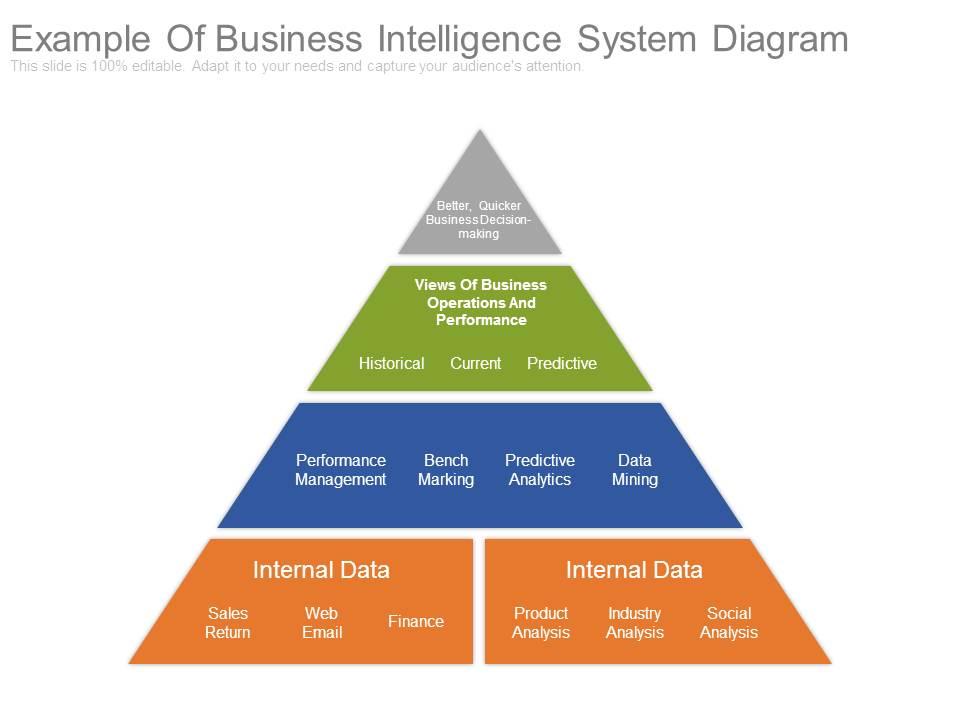

That was impossible before the IoT and analytics, and the give and take (use) of data contributed by actors is equally critical to predictive analytics and SCM.īusiness Intelligence And Global Supply Chain ManagementĪs an example of the premise set forth in the title of this piece, we will examine big data and mobile app development in the context of SCM. This is then processed and returned to users in the form of intelligence that matters - what is going on around them and how can they respond to it - so that they make informed driving decisions. Social participation and input is also critical so that users know where policemen are or that an accident took place just before an upcoming bridge, for example. From there, Waze uses this information to turn all the smartphones running its program into sensors that upload data continuously - speed and location, for example - to the company’s servers. As MIT Professors Andrew McAfee and Erik Brynjolfsson point out in their superb book, The Second Machine Age (Norton 2014), the genius of apps such as Waze is the ability to recognize third-party or external conditions and to inform users of meaningful data points, as well as collect data from them.

With sensors around the world embedded in our wristbands, cars, street corners, and geolocation systems, the IoT is growing exponentially.

We will focus on global supply chain management (“SCM”) in this piece in order to demonstrate how relationship between big data and analytics results in more efficient business processes. Meanwhile, enterprises need immediate data from a wide array of sources in order to fuel processes by means of the combination of big data and analytics. Consumers demand immediate insight into their “mobile moments” - exact points in time where context and real-time data fuels decision-making, prompts a buyer to purchase, and allows companies to present brand consistency across devices. You can’t separate successful mobile application development from either data or analytics.


 0 kommentar(er)
0 kommentar(er)
